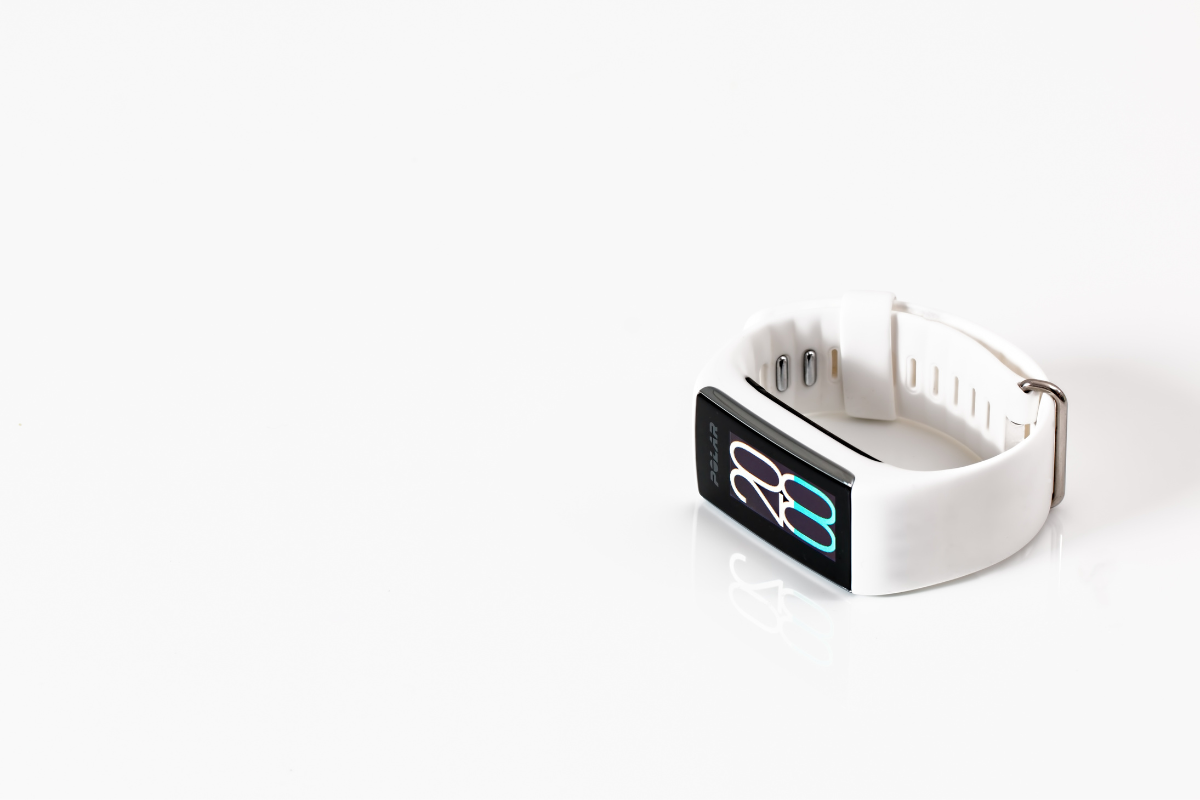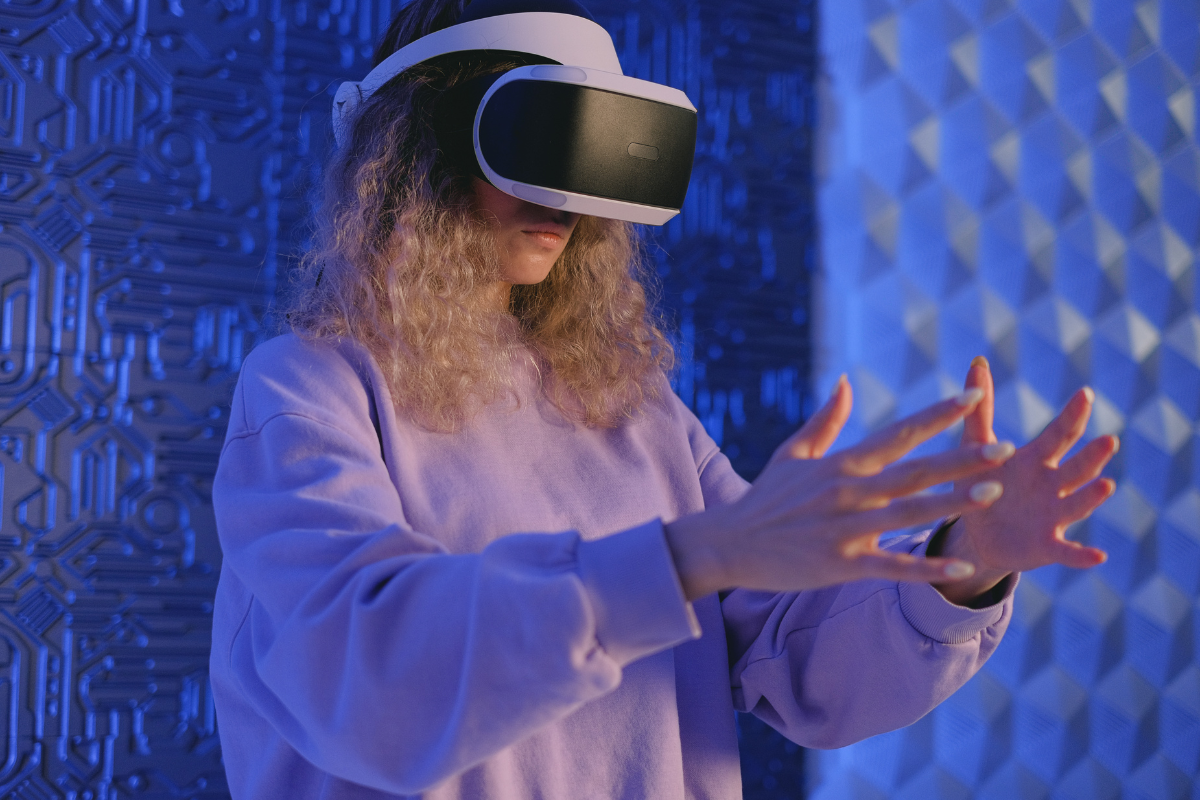The Future of Wearable Technology: Trends to Watch
Wearable technology has come a long way from being mere accessories to becoming integral parts of our daily lives. From fitness trackers to smartwatches and beyond, the world of wearables is evolving rapidly, shaping how we interact with technology and each other. In this article, we will delve into the exciting trends that are driving the future of wearable technology. So buckle up and join me on this amazing ride!
- Wearable Health Monitors: Beyond Fitness Tracking
- Fashion Meets Function: Smart Apparel
- Augmented Reality Glasses: A New Vision
- Neurotechnology Wearables: Expanding Human Capabilities
- Environmental and Biometric Sensors: Personalized Experiences
- Holographic Displays: The Future of Visual Communication
- Energy Harvesting: Powering Wearables Sustainably
- Emotional and Mental Well-being Wearables
- 5G Connectivity: Seamlessly Connected Devices
- Privacy and Security Challenges
- FAQs
Wearable Health Monitors: Beyond Fitness Tracking
Remember when wearables were primarily used to count steps? Well, those days are long gone. The future of wearables in health monitoring is immensely promising. Imagine wearing a device that not only tracks your heart rate and sleep patterns but also monitors glucose levels and even detects early signs of potential health issues. These wearables will essentially become your personal health assistants, providing real-time insights into your well-being.
Fashion Meets Function: Smart Apparel
Gone are the days when fashion and technology occupied separate realms. Today, they are merging beautifully to create smart apparel. From self-adjusting sneakers to color-changing dresses, technology is seamlessly woven into our clothing. These smart fabrics can regulate temperature, monitor vital signs, and even charge your devices. The future holds a wardrobe where fashion not only makes a statement but also serves a purpose.
Augmented Reality Glasses: A New Vision
The next evolution in wearable technology is set to alter how we perceive the world around us. Augmented Reality (AR) glasses will overlay digital information onto the real world, transforming how we shop, work, and interact. Imagine walking down the street and instantly receiving information about your surroundings or having a virtual shopping assistant guide you through stores. AR glasses are on the cusp of revolutionizing our daily experiences.
Neurotechnology Wearables: Expanding Human Capabilities
What if you could control devices using just your thoughts? Neurotechnology wearables are making strides in this direction. These devices can read brain signals and translate them into actions, opening up new possibilities for people with disabilities and beyond. From controlling prosthetics to enhancing cognitive abilities, these wearables are pushing the boundaries of human potential.
Environmental and Biometric Sensors: Personalized Experiences
Wearables are becoming more attuned to our needs and preferences, thanks to environmental and biometric sensors. These sensors can analyze your surroundings, such as lighting and noise levels, and adjust settings for optimal comfort. Additionally, biometric sensors can monitor stress levels and offer breathing exercises when you’re tense. This personalized approach ensures that your wearable adapts to your unique requirements.
Holographic Displays: The Future of Visual Communication
Text messages and video calls are about to get a lot more immersive. Holographic displays integrated into wearables will transform how we communicate. Imagine sending a holographic message that appears in front of the recipient as if they were in the same room. These displays will add depth and realism to our interactions, making virtual communication feel more authentic than ever.
Energy Harvesting: Powering Wearables Sustainably
One of the challenges with wearables has been battery life. Enter energy harvesting, a technology that converts the energy from our movements into power for these devices. Whether it’s the motion of your hand or the rhythm of your steps, these actions can generate electricity. This innovation not only extends battery life but also contributes to a more sustainable approach to technology.
Emotional and Mental Well-being Wearables
Our emotional well-being is just as important as our physical health. Wearables of the future will be equipped with sensors that can detect emotional states and stress levels. They might remind you to take a break when you’re overwhelmed or guide you through a short meditation session. These wearables will serve as our companions in maintaining a balanced and healthy mind.
5G Connectivity: Seamlessly Connected Devices
The fifth generation of wireless technology, 5G, is set to supercharge the capabilities of wearables. With ultra-fast speeds and minimal latency, wearables will be able to communicate with each other and the cloud seamlessly. This means real-time data syncing, instant updates, and a more connected experience overall. Get ready for a new era of wearable possibilities.
Privacy and Security Challenges
As wearables become more integrated into our lives, concerns about privacy and security arise. With devices constantly collecting personal data, ensuring the protection of that data is paramount. Striking the balance between convenience and safeguarding sensitive information will be an ongoing challenge that technology companies and users will need to navigate together.
The future of wearable technology is teeming with possibilities. From health monitoring that goes beyond the basics to AR glasses that reshape our reality, the innovations are exciting and limitless. As these wearables become an integral part of our lives, it’s crucial to embrace the benefits they offer while staying vigilant about the potential challenges they bring. So, are you ready to embark on this wearable journey that’s set to transform how we live, work, and connect?
FAQs
Q1: Can wearable health monitors really replace regular health check-ups? Absolutely not. While wearable health monitors provide valuable insights, they complement but don’t replace comprehensive medical check-ups. Regular visits to healthcare professionals are still essential.
Q2: How do neurotechnology wearables work? Neurotechnology wearables use sensors to detect brain activity. They interpret these signals and translate them into commands that devices can understand, allowing for direct control through thoughts.
Q3: Are there privacy concerns with AR glasses recording our surroundings? Yes, privacy concerns exist. Manufacturers are working on ensuring that these devices respect privacy norms, like obtaining consent before recording or displaying information about individuals.
Q4: Can emotional well-being wearables really help reduce stress? Yes, they can be helpful. These wearables monitor physiological markers of stress and provide interventions like guided breathing exercises or prompts to relax, which can contribute to stress reduction.
Q5: What makes 5G such a game-changer for wearables? 5G’s high speeds and low latency enable real-time data exchange between wearables and other devices. This means quicker updates, smoother interactions, and more robust connectivity overall.




